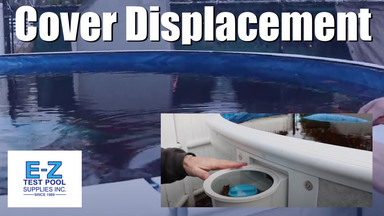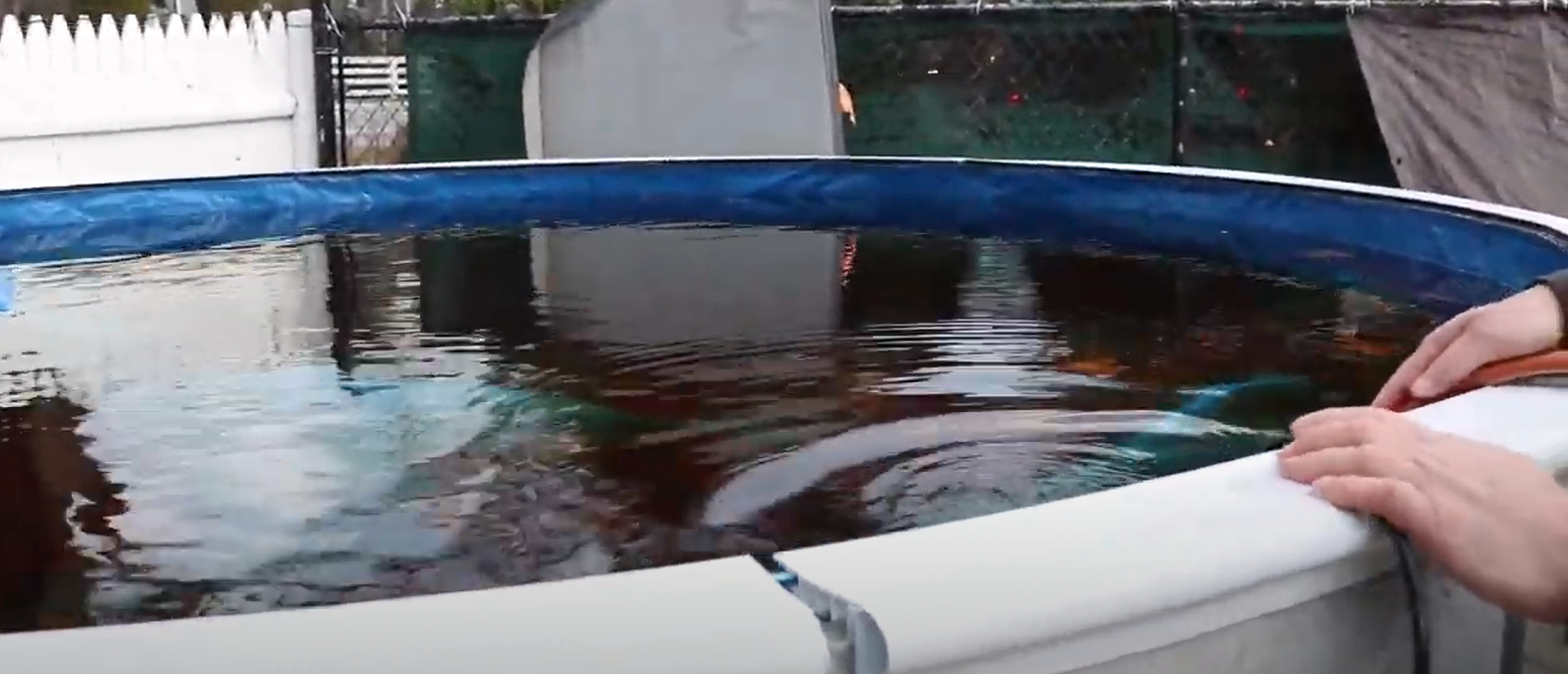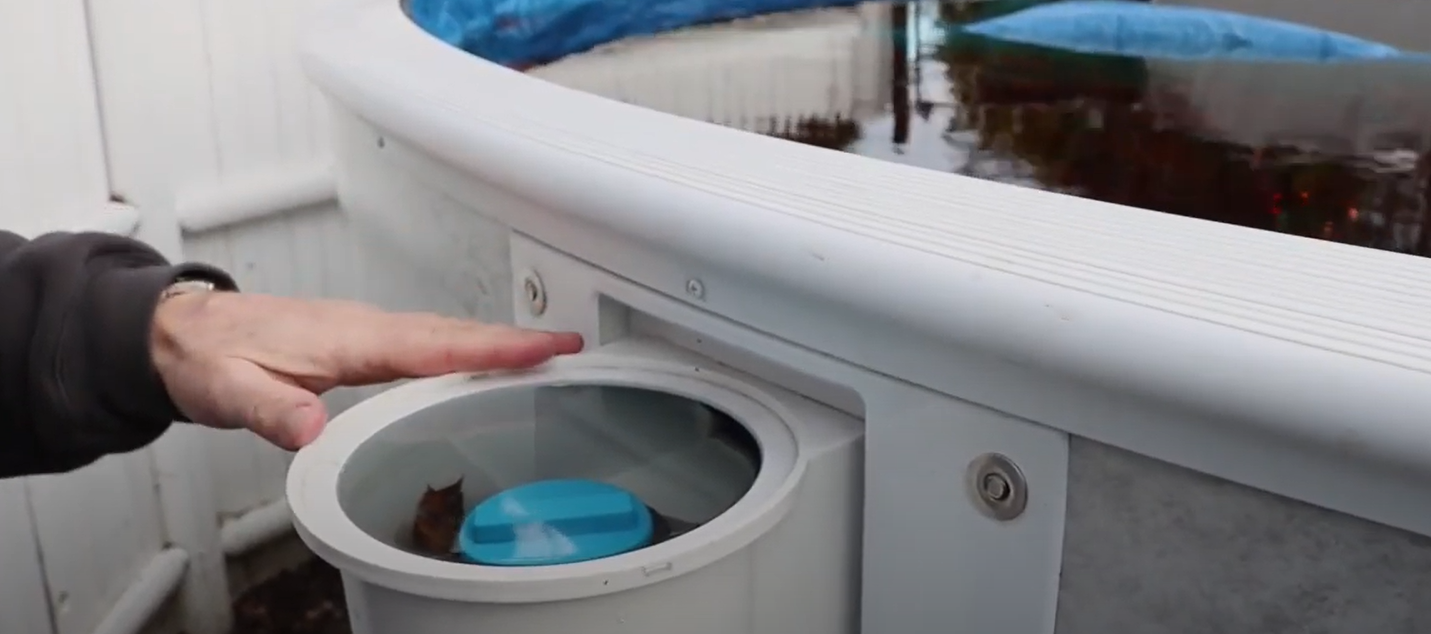Published by Matt Fichera on 09/23/2020
Pool Cover Water Displacement
Toward the beginning of the cold part of the winter, maybe around the beginning of December it’s a great idea to check your above ground pool cover and the amount of water that it may have on it. Depending on the weather leading up to that check in will dictate how much water may be on the top of it.
Using a pump, siphon, or taking the water out with an old-fashioned bucket, reduces the stress on the cover and also the structure of the pool itself. This will also help before freezing temperatures consistently set in and all of that water on the cover freezes. Letting the water remain on the cover and turn to ice combined with any potential amount of snow on top of that is a complete recipe for disaster. While removing the water it’s also a great opportunity to check the cable and the pool overall. Make sure that the pool is full and that everything is good prior to full on winter setting in.
Something else to consider is water displacement. Water displacement occurs when you install a pool cover on your above ground swimming pool which then gets pushed down due to the weight accumulating on the top of it. This action causes the water inside of the pool to push out toward the sides of the pool. Lots of times the pool water ends up leaking over the sides of the pool structure in this case. This can be the culprit when pool owners take their covers off for the next pool season and come to find that their water level has dropped a few feet. Some people in this case will actually think that their pool has a leak when in actuality it’s been caused by water displacement.
Another place to go to to see this water displacement is the above ground pool skimmer. If you take the lid off the pool skimmer you will see water in this space which also spills over the sides as additional rain water pushes down.








